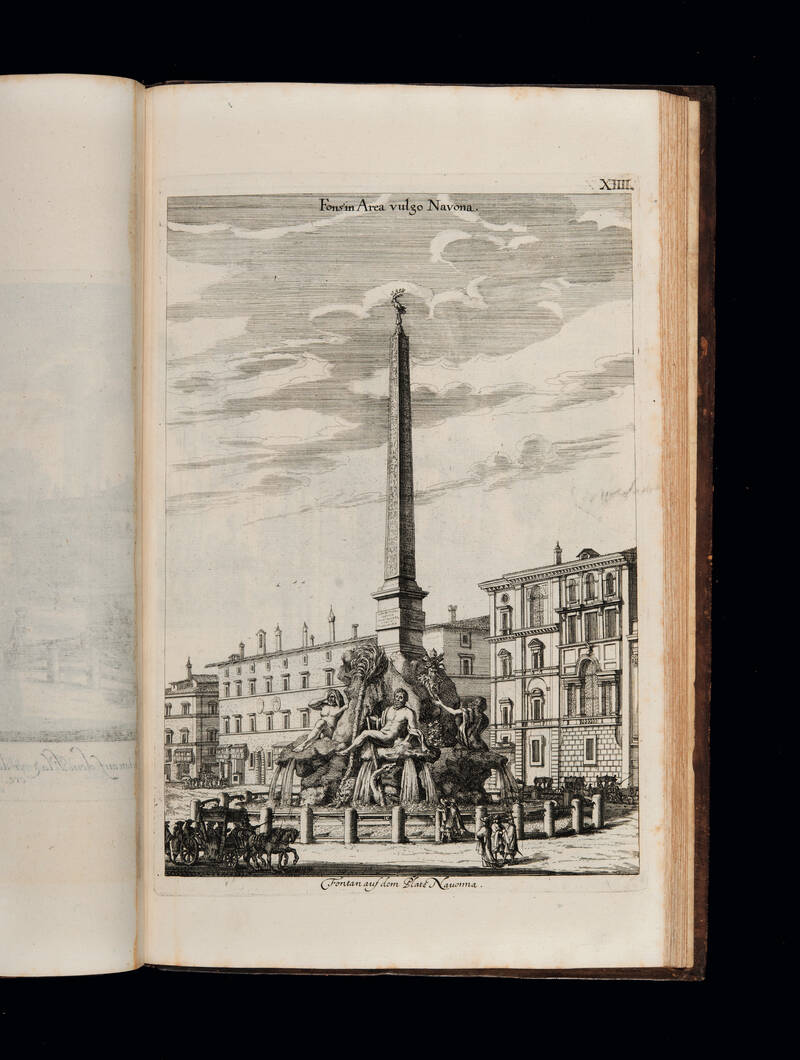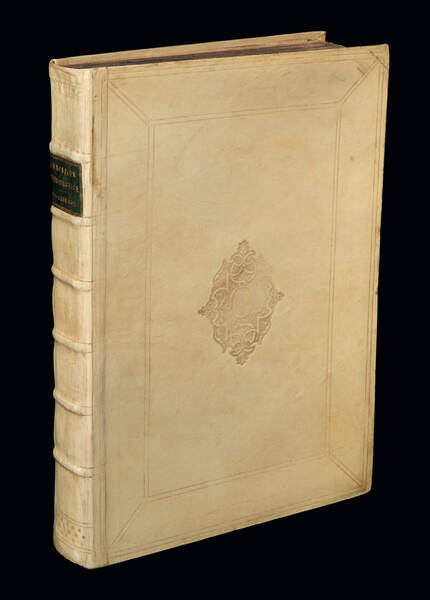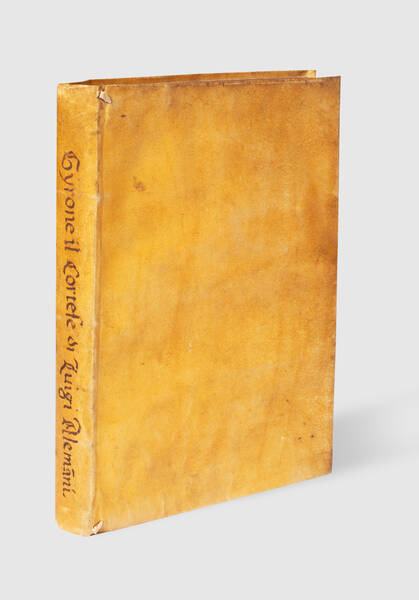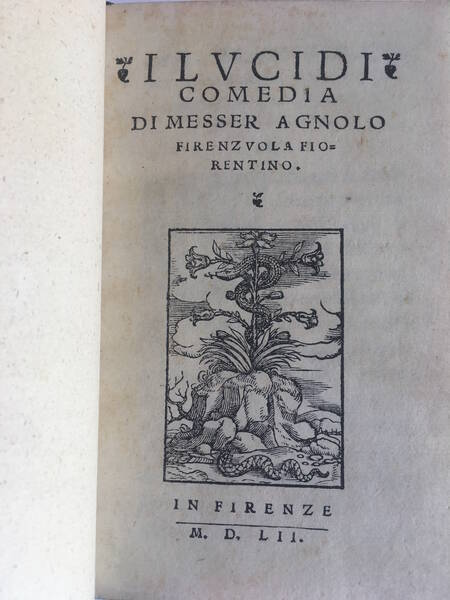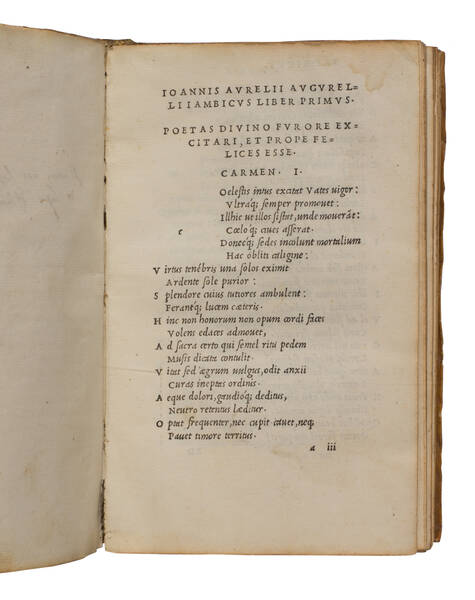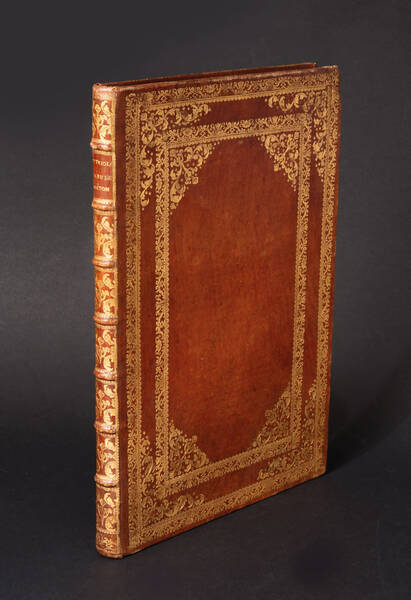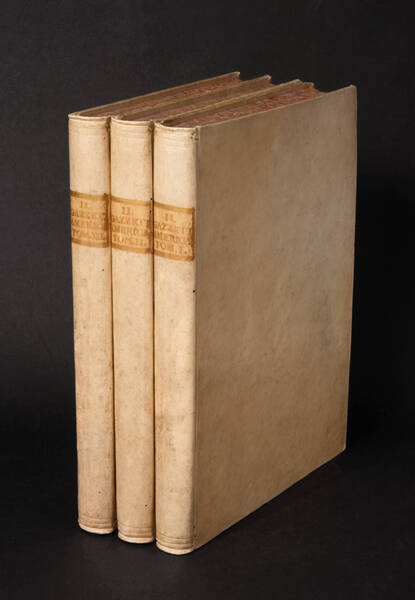FALDA, Giovanni Battista. Romanorum fontinalia, sive nitidissimorum perenniumque, intra et extra, Urbem Romam, fontium vera, varia, et accurata delineatio.
Nuremberg, [Jacob von] Sandrart., 1685.Folio (385 x 235 mm.), woodcut printer's device on title, text printed in double column, 42 double-page engraved plates of the fountains of Rome. A very fine copy in contemporary English pannelled calf.
First edition printed in Germany of the compilation of engravings depicting Rome's fountains built between sixteenth and seventeenth centuries. This work is the first comprehensive and most refined survey of Roman Baroque fountains. With the purpose of showcasing the awe-inspiring spectacle of the fountain within the contact of Roman urban architecture, Falda drew influence from Jacques Callot, Niccolo Codazzi and theatre design to produce dazzling engravings.
Giovanni Battista Falda (1643-1678) was an Italian architect and engraver and artist who produced a vast collection of engravings concerning various types of Roman architecture, both from antiquity and his contemporary. Originally from Valduggia, Falda was sent to apprentice in Rome at a young age, working in the studio of Bernini and later partnered with the publisher Giovanni Giacomo de Rossi to produce series of architectural prints. It was from this partnership that the initial engravings on the fountains of Rome were first created, published in 1675 as "Le Fontane di Roma". This would become the base of the work, with an additional two plates published as Romanorum fontinalia by Jakob von Sandrart (Joachim von Sandrart's nephew) after Falda's death (issued simultaneously with a German edition, from the same printing press).
The urban structure of Rome was intrinsically incorporated in the rendering of the fountains, not only providing context for the theatrical aquatic and architectural show, but presenting the magnificent urban views of Rome. The reproduction of papal Rome on portable sheets bound in albums was a political enterprise (Bellini, Per una definizione dell'opera incisa di G. Battista Falda, 1983). Such views were often sponsored in the seventeenth century by popes and the patriciate to commemorate their present status for future generations, documenting and promoting the glory of a city rooted in its ancient history but also developed with grandiose engineering and architecture. Optical deformations were allowed in order to represent more completely the structural details of the places shown. “Faldas's work is part of an important tradition begun in sixteenth century, the celebration of Rome's urban typography” (Millard, Italian and Spanish Books, 1993, p.133). This practice ran side-by-side with Roman Vedutismo's reproduction of ancient art and sculpture, presenting grand idyllic scenes brimming with history.
The emerging interest towards Roman ancient art and architecture by collectors throughout Europe fuelled the production of engraved scenes such as this collection of fountain views. The engravings include depictions of fountains in main squares of the city such as Piazza Navona, del Popólo, di Spagna, and Capitoline; the fountains in front of major churches, i.e. the Pantheon, the Basilica of Santa Maria in Trastevere, The Papal Basilica of Saint Peter in the Vatican, San Giovanni in Laterano, Santa Maria Maggiore; Baroque Palazzos such as Barberini, Muti, Mattei and Colonna; as well as the emblematic fountains of Acqua Paola, Ponte Sisto, Acqua Acetosa and Moses. This work presents its viewer with a complete and detailed tour of Rome's fountains, which captivated the curiosity of foreigners and become popular with the first waves of Grand Tour participants during the late 17th century. “His works appealed to tourists keen to retain a detailed and accurate representation of those parts of Rome they had visited” (Millard, p.134). It contributed to the work's commercial success and the continuous reprints by Giuseppe Valadier between 1798 and 1815. Falda's engravings remain a landmark in Roman urban representation of the seventeenth century, of impressive aesthetic and historical value due to its simultaneously realistic and theatrical rendering.
BAL RIBA 1016; Grasse p.264 ; Brunet V, 125.
Other Books
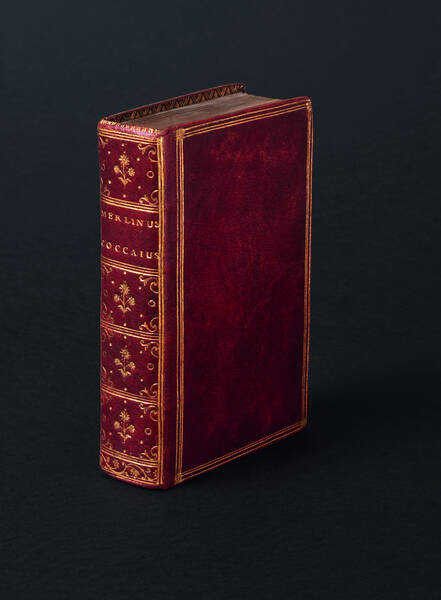
FOLENGO, Teofilo
Opus Merlini Cocaii poetae Mantuani Macaronicorum, totum in pristinam formam per me magistrum Acquarium Lodolam optime redactum in his infra notatis...
€ 11.000![[De Architectura libri decem], M. Vitruuius per Iocundum solito castigatior factus cum figuris et tabula vt iam legi et intelligi possit. [De Architectura libri decem], M. Vitruuius per Iocundum solito castigatior factus cum figuris et tabula vt iam legi et intelligi possit.](https://www.medariquier.com/typo3temp/pics/b57e48f107.jpg)
VITRUVIUS POLLIO, Marcus
[De Architectura libri decem], M. Vitruuius per Iocundum solito castigatior factus cum figuris et tabula vt iam legi et intelligi possit.
SOLD OUT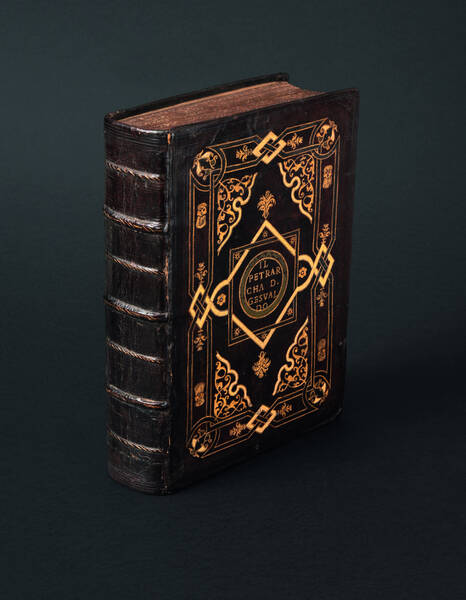
PETRARCA, Francesco
Il Petrarcha colla spositione di misser Giouanni Andrea Gesualdo. I Triomphi del Petrarcha colla spositione di misser Giouanni Andrea Gesualdo da...
SOLD OUT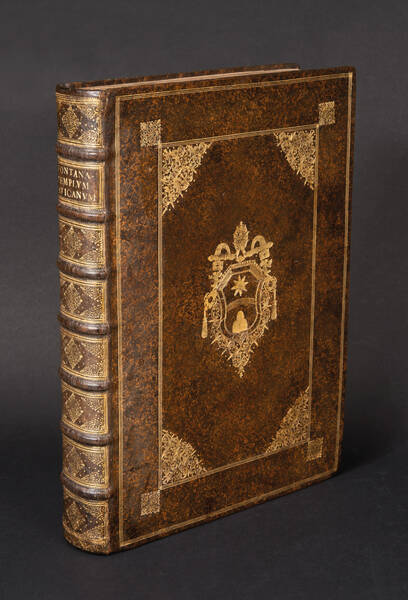
FONTANA, Carlo
Templum Vaticanum et ipsius origo cum aedificiis maximè conspicuis antiquitùs, & recèns ibidem constitutis; editum ab equite Carolo Fontana ... opus...
€ 38.000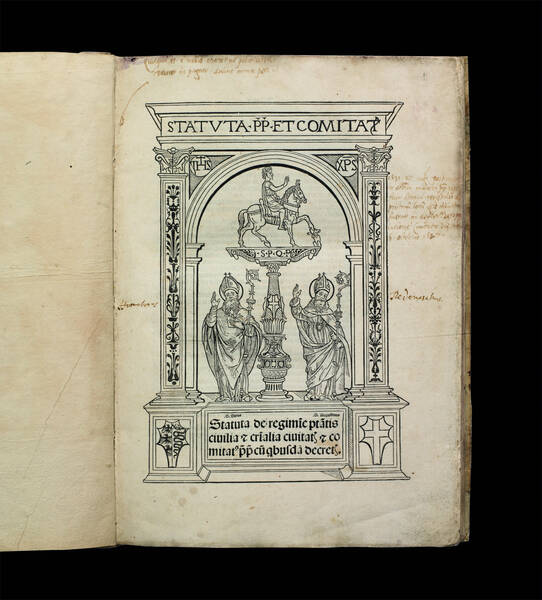
[PAVIA, Statuti]
Statuta Papiae et comitatus. Statuta de regimine potestatis ciuilia & criminalia ciuitatis & comitatus Papiae cum quibusdam decretis.
SOLD OUT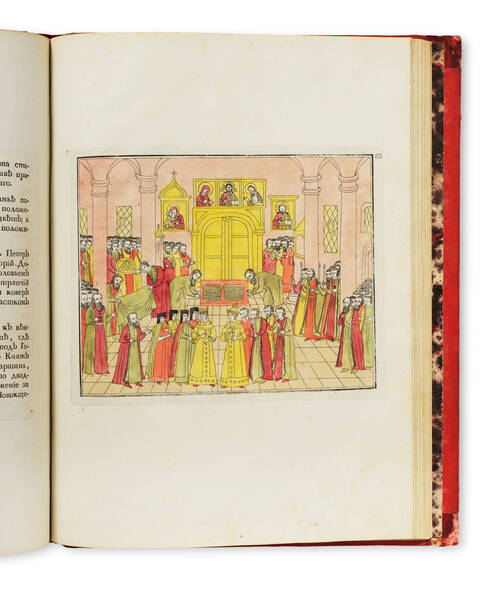
BEKETOV, Platon
Opisanie v litsakh torzhestva, proiskhodivshego v 1626 godu fevralia 5, pri brakosochetanii gosudaria tsaria i velikogo kniazia Mikhaila...
SOLD OUT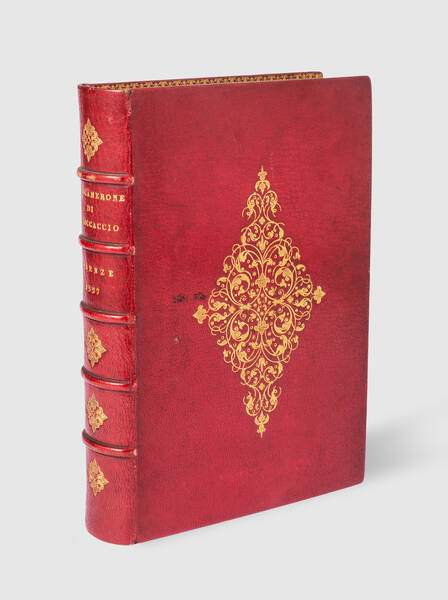
BOCCACCIO, Giovanni
Il Decamerone di m. Giouanni Boccaccio nuouamente corretto et con diligentia stampato.
SOLD OUT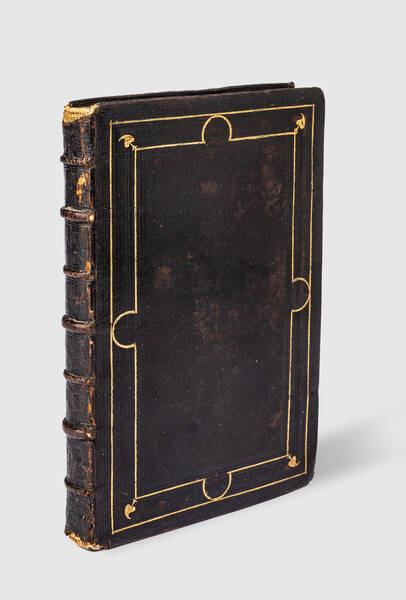
GUEVARA, Antonio de, ROSEO, Mambrino (trans.)
Institutione del Prencipe Christiano, di Mambrino Roseo.
SOLD OUT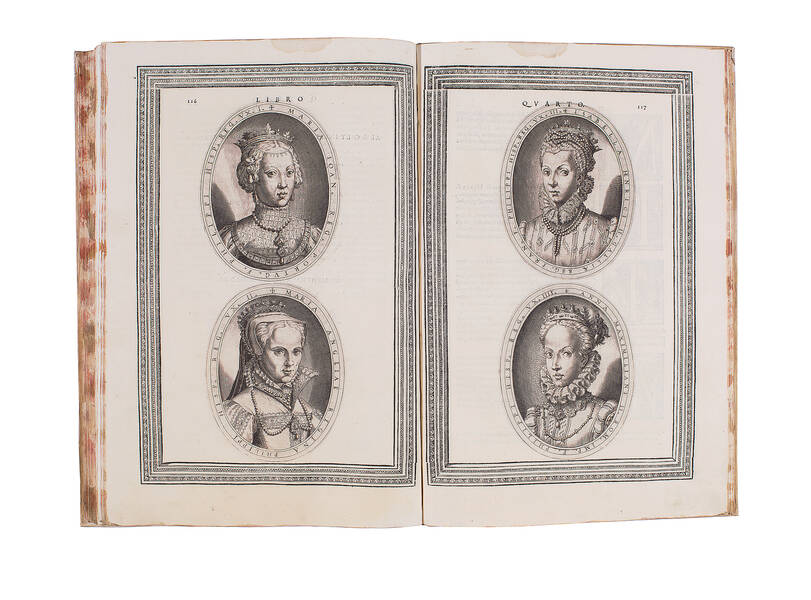
CAMPO, Antonio
Cremona fedelissima città et nobilissima colonia de romani rappresentata in disegno col suo contado et illustrata d'vna breue historia delle cose piu...
€ 15.000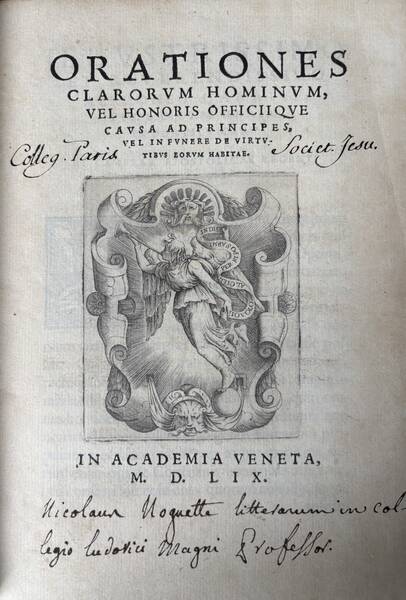
ACCADEMIA VENETA
Orationes clarorum hominum, vel honoris officiique causa ad principes, vel in funere de virtutibus eorum habitae.
€ 1.500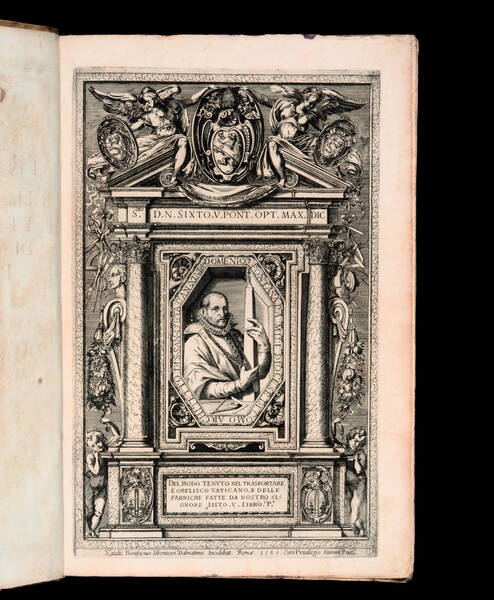
FONTANA, Domenico
Della trasportatione dell'obelisco vaticano et delle fabriche di nostro signore papa Sisto V fatte dal cauallier Domenico Fontana architetto di sua...
SOLD OUT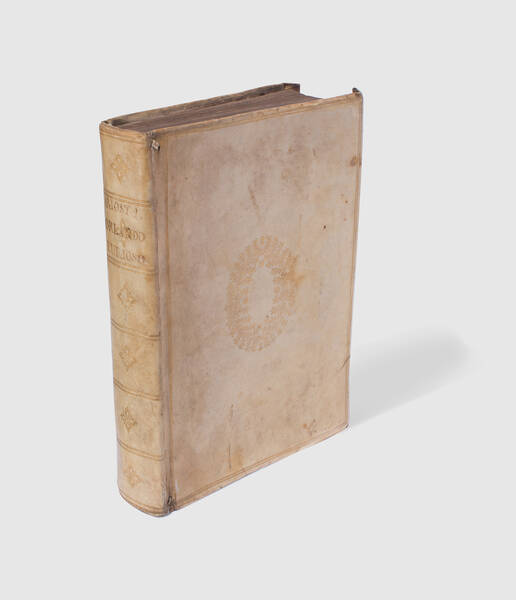
ARIOSTO, Ludovico
Orlando furioso di m. Lodouico Ariosto nuouamente adornato di figure di rame da Girolamo Porro padouano et di altre cose che saranno notate nella...
SOLD OUTMEDA RIQUIER rare books ltd.
4 Bury Street St James's
SW1Y 6AB London
Phone +44 (0) 7770457377
info@medariquier.com
